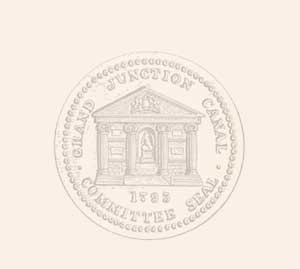|
 |
 |
 |
 |
 |
 |
 |
 |
 |
 |
 |
|
|
|
|
|
|
|
|
 |
 |
|
|
|
 |
|
 |
|
The first canal in Britain was from Worsley to Manchester which opened in 1776. It was possible to travel from London to Birmingham by 1780, by using the Thames and the Oxford Canal. The Grand Junction Canal originated from a meeting at a Stony Stratford inn headed by the Marquis of Buckingham in 1792. Much of the £500,000 needed to construct the canal was put up by the Marquis and the canal was designed by James Barnes and William Jessop. The Grand Junction Canal was to be a quicker and more direct route from London to Birmingham. |
|
 |
 |
|
 |
|
|
|
|
|
|
 |
|
|
|
By 1797 two stretches had been completed - London to Fenny Stratford and from Braunston to Blisworth. In 1800 the aqueduct over the River Ouse between Wolverton and Cosgrove was opened and in 1805 Blisworth Tunnel opened, thus completing the canal. However in 1808 the aqueduct collapsed and was replaced in 1811 by 'The Iron Trunk' |
|
 |
|
|
Brickworks sprang up in towns and villages along the canal route. The roads were so poor that the canal presented an opportunity to move large amounts of both materials and goods quickly and easily. The canal prospered until the London to Birmingham railway opened in 1838. Canal trade declined, and in the early 1900s many canals were amalgamated to form the Grand Union Canal. |
|
|
|





